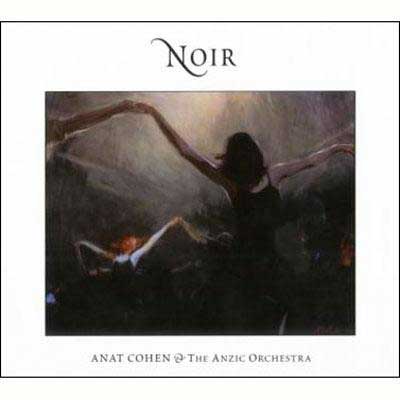It is quite natural that every music lover has the desire to enjoy the masterpieces you are familiar with in better sound quality. There are a large number of masterpieces with solid reputations already. I wondered what kind of excitement I would get if I listened to those familiar pieces on the fully-equipped excellent device. That's the feeling I had in the audition room at Audio Note. I wanted to listen to the well-known standard software over again. Talking about the standard software, there are variety of formats these days such as SACD, SHM-CD, and UHQCD with high specifications due to the application of various high acoustic quality. Among those I selected some pieces that I'd especially like to listen to once again in the audition room at Audio Note.
#7 True Value of Session Became Clear in Monaural Album.
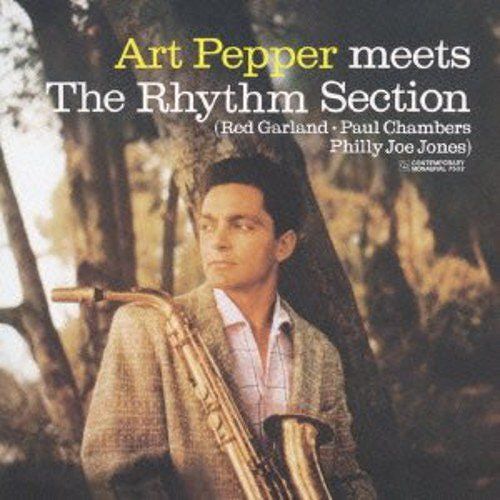
Art Pepper meets The Rhythm Section
(Universal Music Platinum SHM Disk Monaural UCCO-40004)
This is one of the masterpieces of the genius, Art Pepper, who was called the greatest white alto sax player. The recording was done at a contemporary studio in Los Angeles, and the engineer was a virtuoso, Roy DuNann. When the regular combo of Miles Davis came to the West Coast, they hired a rhythm section, and recorded this masterpiece where Pepper's alto full of inspiration and the groove performed by the rhythm section were integrated. In addition, the recording was fantastic capturing Pepper's distinct personality vividly and clearly. The piece was relaunched tens of times in LP and CD formats in the past, and it is not only a masterpiece but also the work enjoyed by fans as a recorded masterpiece.
Putting that aside, the positions of members' instruments are clearly separated to either the left or right channel in this recording. Take a look at the opening tune, “You'd Be So Nice ….” The piano in intro played by Red Garland is placed right, Then, Pepper playing the theme placed left. The base and drum are also placed right. In other words, it sounds a bit unnatural for me and I also feel odd hearing the leader positioned to the left as if he is completely separated. Speaking of 1956, the year recording was done, it is in the early period of stereo recording, and it may be true that the stereo effect was considered by deliberately separating the right and left. However, you can feel the sense of reality in jazz performance by listening to the band playing together as one. I had been always wondering what on earth about this album could be called a masterpiece recording, but finally the CD version was launched, and I felt relieved. It was “the platinum SHM” disk launched in October, 2013. Apart from placing the platinum reflection film on the disk surface to make it higher quality, the key here is that it is the monaural disk, which doesn't separate between the left and right. On the upper right corner it is also indicated “CONTEMPORARY MONAURAL” in small characters. Truly Pepper and the rhythm section came out from the middle of the speaker all together. Awesome!
The monaural specifications of this album are, as far as I know, only for the LP disks at the very beginning of the sale, and I believe that this is the monaural CD created for the first time. Actually, monaural sound is so natural. I just found it so interesting that I was able to find the excellence of the monaural while we were enjoying the sound quality of the stereo becoming higher and higher as the time passes. I also felt so relieved. I would like to mention the excellence of the monaural disks some other time.
#8 Powerful Deep Bass of 45rpm LP Record
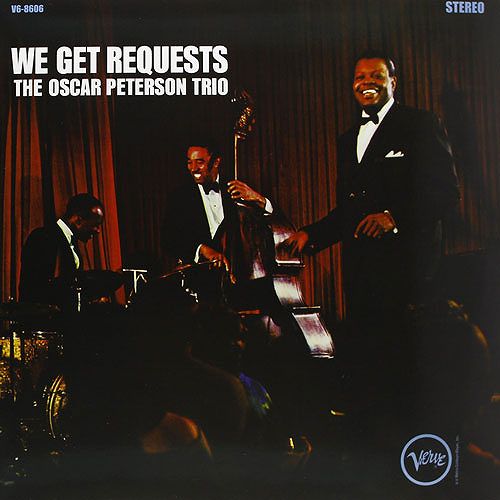
We Get Requests / The Oscar Peterson Trio
(Analogue Productions AP-8606 45rpm LP)
This is the ultimate performance and recording masterpiece out of many albums of the Peterson Trio. We don't know how many times <You Look Good to Me>, the first track on side B, was used for sound checks in the LP era. Ray Brown's spontaneous low-pitch sound of bass and the bouncing pizzicato. I cannot remember how many times I got excited and amazed by replaying this music. I listen to the 45rpm remastered double album released in 2011 by Analogue Productions. Once again it is awesome that the deep bass extends endlessly, and I don't believe its vividness can ever be reproduced by CD. I cannot think of any sound quality physically better than that of the master tape, however, this is the disk which made me feel that the quality of sound went beyond the master tape.
#9 Interesting Details Found in Blu-ray Disk
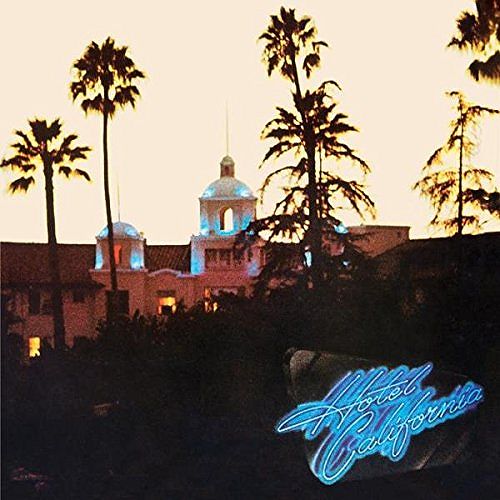
Hotel California 40th Anniversary Deluxe Edition
(Warner Music WPZR-30781)
This is a great hit album of Eagles in '77 as all the pop and rock lovers know. The special box set, launched commemorating the 40th anniversary of the first release, comes with two CDs, one Blu-ray disk and even gorgeous photo collection. What I should mention here especially is the “Blu-ray Disk” version of “Hotel California.” However, since I don't have the dedicated Blu-ray audio player, I just connected the Blu-ray player I usually use to watch videos to the audio equipment. Still the difference of impression was obvious. The superb musical composition and the sense of balance vividly appeared in the simply organized tone. Although it was <Hotel California> I had listened to hundreds of times or even more, I had never felt so strongly the interesting details of Eagles as a band. It was a breakthrough.
About the Author
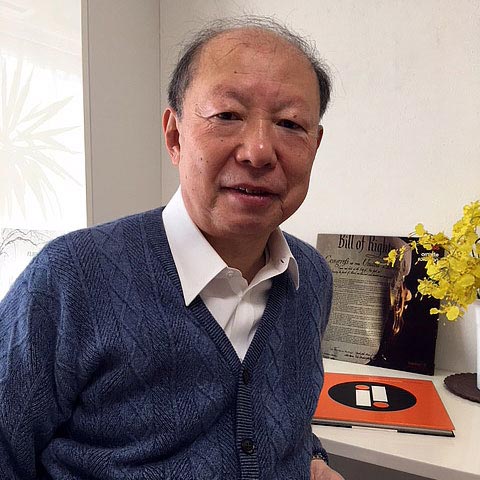
Masamichi Okazaki
Surrounded by various kinds of music from his childhood, Masamichi Okazaki joined Waseda University Modern Jazz Club. He started contributing articles to music magazines when he was a student. He covers wide range of music not only trad, modern and contemporary jazz, but also from pops to classics. He writes liner notes for CDs and LPs, and is a regular contributor to “JAZZ JAPAN,” “STEREO,” and others. He joined a big band, “Shiny Stockings,” as a saxophone player. He is a director of The Music Pen Club Japan (MPCJ).
